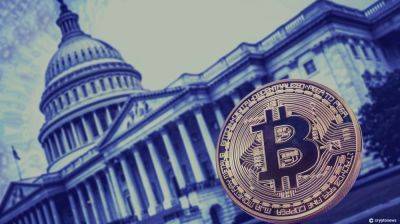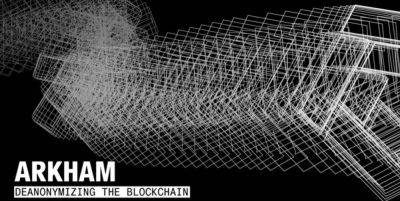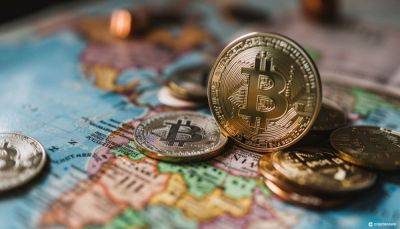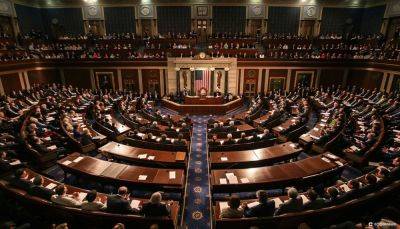Bitcoin Inflation Rate At An All-Time Low
Bitcoin’s inflation rate has reached a new milestone, recording an all-time low of approximately 1.74%, just days after the latest Bitcoin halving.
With 93.3% of Bitcoin already mined, translating to 19.6 million out of the possible 21 million BTC, the scarcity factor is anticipated to drive demand further, potentially fueling a surge in the price of the leading cryptocurrency.
Comparatively, fiat currencies experience higher inflation rates due to government controls and economic policies.
In 2023, countries like Argentina faced extremely high inflation rates, reaching 161.0%, as per data from Inflation Data .
The European Union reported more moderate levels, with the euro area’s annual inflation rate at 2.9% in December 2023.
Nevertheless, the recent halving event is expected to further reduce Bitcoin’s inflation rate, influencing both its scarcity and investor behavior.
The trend suggests that each halving event, which cuts the reward for mining new blocks in half, tends to increase buyer interest due to the reduced supply growth.
Historical data reveals a trend of explosive growth in Bitcoin prices following each halving event, according to a report from CoinGecko.
After the first halving in 2012, the price of Bitcoin surged by 8,858%.
Although subsequent halvings saw diminishing returns—with increases of 294% and 540% respectively—the pattern of price spikes post-halving remains evident.
These events not only affect Bitcoin but also ripple across other top cryptocurrencies, like Ethereum, although the impacts vary due to different supply mechanisms.
The completion of the fourth halving has left the cryptocurrency community speculating about the short-term market dynamics.
Just recently,
Read more on cryptonews.com


















